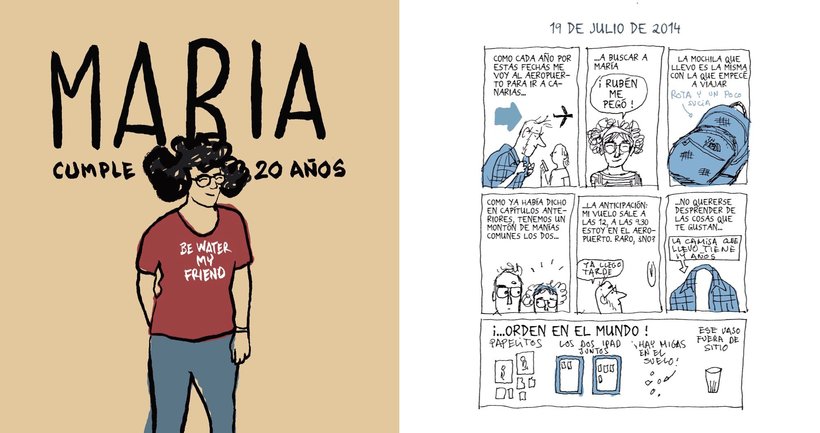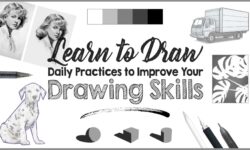Narrate Vignettes with a Pen (Spanish, Multisub)
Release date:2022
Author: Miguel Gallardo
Skill level:Beginner
Language:Spanish
Exercise files:Not Provided
Learn to construct the story of a comic based on a personal experience
In this course by Miguel Gallardo, comic book illustrator and illustrator of publications such as La Vanguardia, Herald Tribune and The New Yorker – you will learn to build the story of a graphic novel with minimal material resources based on your own experiences , those of your environment or family memories.
Gallardo will teach you to narrate in an exciting and fun way as life itself, just as he does in the novels dedicated to his daughter with autism, “María and I” and “María is 20 years old” , por those received by the National Prize of the Generalitat in the comic section and the Grand Prix of the Barcelona Comic Fair for its entire career.
You will discover how to define the relevant facts of a story and structure it clearly, with emotion and humor. That is the secret of the recipe. “The closest source of stories we have is our own life and experiences, as well as that of the circle closest to us, family, friends … that’s where the good stories come from.” , as Miguel Gallardo admits.
What will you learn in this online course?
First you will know the works and influences of this famous Catalan illustrator for being the author of Makoki.
Then, look for references for your story such as photographs, childhood anecdotes, notes, sketches, diaries, notebooks and diaries … everything you need until you know what you are going to tell.
Later, with a notebook and a pen as allies, you will create a character based on your own physical characteristics and your personality, exaggerating or showing features that will help you to narrate the experience you are going to tell. Then it will be time to make the written script divided into three parts, in the classic way: presentation, node and ending.
This script will be passed to drawings in the Storyboard distributing the story among the 4 pages that will compose your comic without forgetting to place the action of the characters, put them in an unexpected situation and see how they react by measuring the times well and the emotions.
In addition, you will work different variations of the same vignette trying out different framings, postures, expressions …
Later you will assemble the pages and incorporate the dialogues. At this point, one of Miguel’s advice is that “the history and the images that accompany it are inevitably linked. They have to go together, no matter what level of drawing you think you have, the important thing is that you understand the story you’re going to tell ” .
Finally you will put the final touches to your comic on the computer.
In addition, Miguel Gallardo will also teach you some questions about contracts, billing and dissemination of your work.
What is this course’s project?
Create a 3-page comic book plus the cover that narrates a personal experience with the precise dose of drama and comedy using minimal materials such as a pad of graph paper and a pen, your imagination and resources such as photographs, cuts, sketches or anything that you inspire You can also pull stories of your environment or a family memory without having to be especially true to reality.
There will be no distractions of styles, techniques or grammages of paper. Only you and the blank page, because it has always been that way.
Who is this online course for?
To all the people who want to learn to narrate, applicable to any discipline.
Requirements and materials
Notebooks, papers, slips, back of invoices, any pen at your fingertips and a computer with scanner for the final phase.
A tip from the teacher: “do not be fooled by the style of the notebook, the more humble the better, it’s about looking for a support that does not scare, smudge and wrinkle”.





 Channel
Channel





